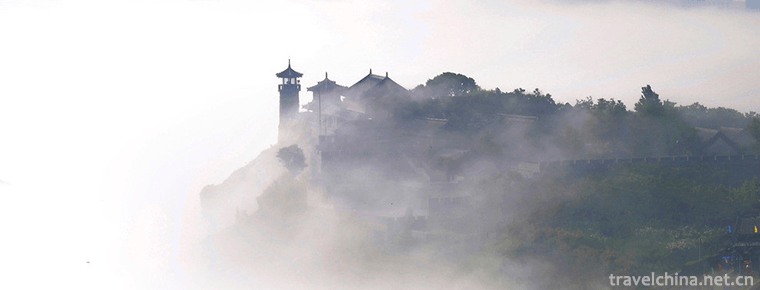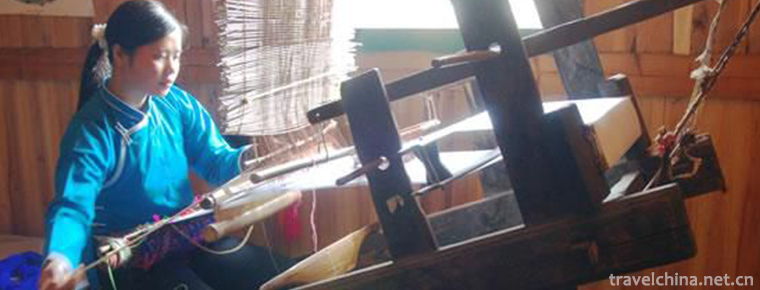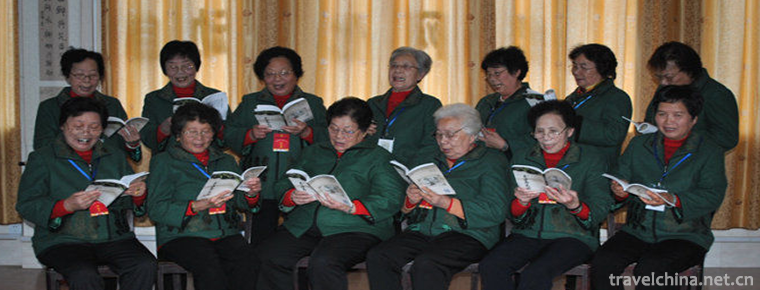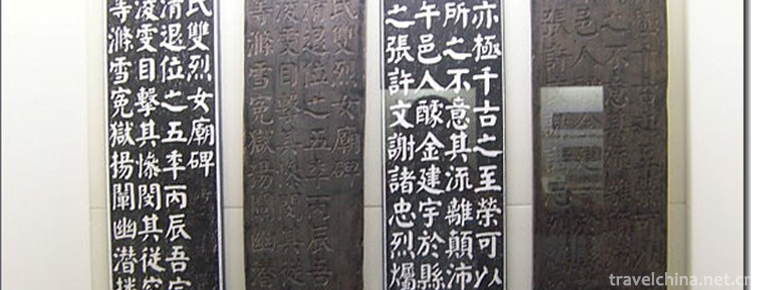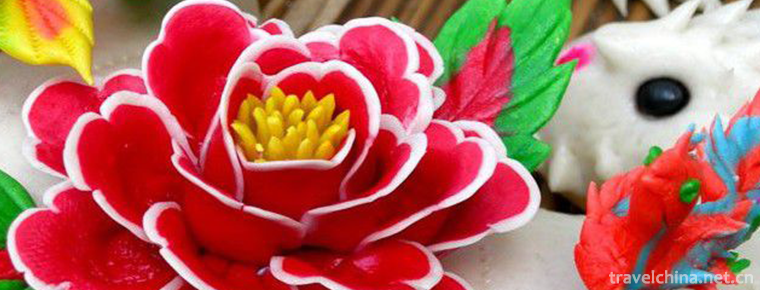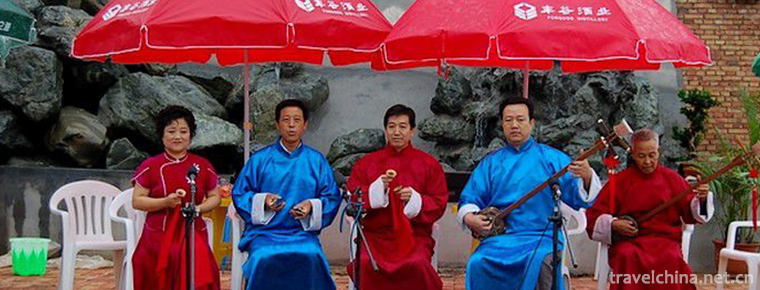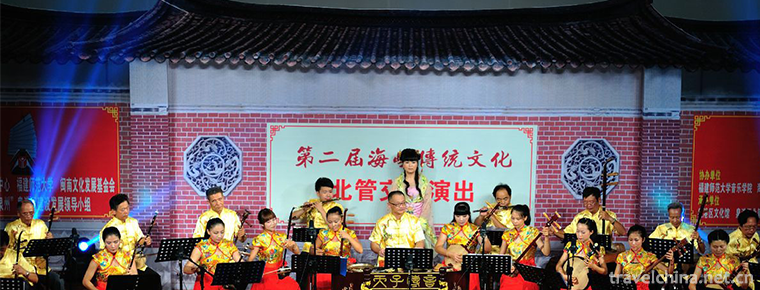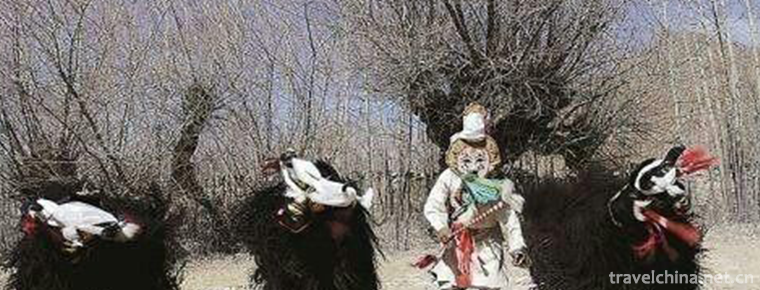Beijing Institute of Fashion Technology
Beijing Institute of Fashion Technology
Beijing Garment College was founded in February 1959, formerly known as Beijing Textile Technology College. In July 1961, it was renamed Beijing Chemical Fiber Engineering College. It was a key university built by the former Ministry of Textile Industry and mainly focused on higher education of chemical fibers. In February 1987, it was rebuilt and expanded into Beijing Garment College, the first garment college in China.
The school currently has nine full-time undergraduate teaching institutes (College of Fashion Art and Engineering, College of Fashion Art and Engineering, College of Materials Science and Engineering, College of Art Design, College of Fashion Communication, College of Business, College of Information Engineering, College of Language and Culture, College of Fine Arts), as well as the Ministry of Basic Education and the Ideological and Political Theory. Course Teaching Department, Graduate School, International College, Continuing Education College. There are nearly 9,000 students of all kinds, including nearly 1,000 doctoral and postgraduate students. It has a doctoral program of "Rescue, Inheritance and Design Innovation of Chinese Traditional Clothing Culture", a number of national characteristic specialty construction sites, national experimental teaching demonstration centers, national talent training model innovation experimental areas, and key construction disciplines in Beijing. There are nearly 300 out-of-school talent training bases at the national and Beijing levels. It also has the National Museum of "Top Ten" features, the Museum of Ethnic Garments, which collects more than 10,000 pieces of clothing, jewelry, fabrics, batik and embroidery of all ethnic groups in China, and integrates collection, exhibition, scientific research and teaching.
The school has a high level of full-time and part-time teachers, and has built an excellent teaching team at the national level. A large number of teachers are leading talents and high-level scholars with first-class level in the fields of apparel materials, apparel design, apparel design, apparel engineering, product design, fashion commerce, fashion management, fashion communication and so on. Many of them enjoy the special allowance of the State Council Government and are selected as city-level millions of talents projects and leaders. City scholars training plan, Ministry of Education in the new century outstanding talent, the country's top ten designers. Actively engage international high-end talent resources as special professors, including Jiang Shicheng, Wan Lijun, Yu Jianyong, Wang Zhonglin and other academicians, academician of the Royal Society of Art, academician of the International Textile Society, Professor Fan Jintu, Director of Textile and Fashion Design, Cornell University, United States, Vice President of London University of Art, London Fashion Science. Professor Frances Corner, former Vice-President of London University of Art and former President of Central St Martin's School of Design, Professor Jane Replay, former director of Central St Martin's College of Art and Design, Professor Wille Water, and other internationally renowned experts, such as Shan Jixiang, Changshana, Wang Shouzhi, Wang Yarong and other well-known scholars, Mao Jihong, Chen Famous designers and entrepreneurs such as Robinia pseudoacacia and Guo Pei, and more than a dozen national-level Chinese arts and crafts masters such as Li Chunke and Wen Qianggang were employed as part-time tutors. Professor Carol Ann Priest, former Vice-President and Dean of School of Art Design and Architectural Environment of Trent University, UK, was invited to serve as Dean of School of Fashion Arts and Engineering and Famous Media. Personnel, Phoenix Satellite TV host Wu Xiaoli serves as the dean of fashion communication college.
The school adheres to the idea of "seeking truth and innovation, learning for application", and constructs Zhongguancun Fashion Design Industry Innovation Park. It has made exemplary and pioneering progress in the transformation of fashion and design industry achievements in China. Actively serving textile and garment industry and cultural and creative industries, successively with Fujian Jinjiang, Shandong Qingdao, Hebei Rongcheng, Shaanxi Yulin, Zhejiang Ningbo Jiaxing Haining, Ningxia Wuzhong and other industrial clusters, as well as Jiangsu Morning Wind Group, Beijing Aimu, White-collar, Yiwen Company, Zhejiang Yagor Group, Rainbow Zhuang Company, Fujian An Ta, Xupai, 361 degrees, seven wolves, Shandong Nanshan Group, Instant Development Group and other important enterprises carry out in-depth strategic cooperation. They have established such research and development institutions as Beifu-Aimi Institute of Ergonomics, 361 degrees-Beifu High Performance Sportswear Design and Research Center, Beifu Nanshan China Institute of Professional Fashion. The school has a number of ministries of education and Beijing-level scientific research institutions, including China Fashion Research Institute, China Lifestyle Design Research Institute, China Academy of Fashion Science and Technology, Academy of Arts and Culture, Beijing Key Laboratory for Research, Development and Evaluation of Fashion Materials, Beijing Key Laboratory for Digital and Interactive Media, Beijing Key Laboratory. City Philosophy and Social Sciences - Capital Garment Culture and Garment Industry Research Base, Beijing Garment Technology Transfer Center, Beijing Garment Industry Digital Engineering Technology Research Center, Beijing Garment College Garment Safety Research and Testing Center, National Center for Student's Clothing (School uniform) Research, Beijing Primary and Secondary School Clothing Research and Development Center, Beijing Textile Nanofibre Engineering Research Center, Beijing Key Laboratory of Garment Ergonomic and Functional Innovation Design, etc.
The school has formed a teaching system of modern fashion education featuring "the combination of art education with engineering education and management education, the combination of national costume culture with modern design concept, the combination of theoretical teaching with practical teaching", with the aim of training high-quality talents, cultural inheritance and innovation, scientific and technological innovation, international cooperation and exchange. To serve the society in an all-round way, it has become a highland of talents and innovation in the fields of industry development, fashion design and cultural creativity. In recent years, he has undertaken the design and manufacture of clothing for 2008 Beijing Olympic Games and Paralympic Games, the design of mass parade square array clothing for the 60th anniversary of the founding of the People's Republic of China in 2009, and the clothing design with special requirements for the relevant industry systems, such as the design and manufacture of Shenzhou 7, 9, 10, 11 series space clothing and in-cabin shoes, the Antarctic and Antarctic science examiners. Design and development of tables and other important design innovations. Participated in the clothing design and production of the 2011 Shenzhen Universiade, the 2014 Nanjing Youth Olympic Games and the 2016 Rio Olympic Games. In particular, APEC Leaders'clothing design and production in 2014 has been fully affirmed by Party and state leaders and all sectors of society.
The school is committed to the teaching and scientific research of modern lifestyle design and the protection, inheritance and innovation of national costume culture. Since the 12th Five-Year Plan, teachers have undertaken nearly 1,000 scientific research projects at the national, provincial and ministerial levels, and won 28 national and provincial awards, including three consecutive national science and technology awards. Among them, Professor Wang Rui chaired the project "PTT and in situ functional PET polymerization and key technology and industrialization of composite fiber preparation", which won the honor in 2016. He was awarded the second prize for the progress of science and technology. Students are in the leading position in all kinds of important international and domestic fashion competitions. Design students majoring in clothing, clothing, jewelry and art have won more than 100 international and national gold and silver awards, including AOF International Competition in the United States, Hansilk Cup International Design Competition held by Chinese Designers Association. Especially in the HRD International Diamond Design Competition, more than 1000 pieces of works were contested in the world, 44 pieces were included, and 6 of the 8 pieces of works from China were from our school. The major of fashion show is unique, and the training level of students is in the lead in the country. Over the years, it has made outstanding achievements in international and domestic model competitions. It has won the first Miss World third place, two Miss World Championships in China, and the second place in international and national awards such as China Supermodel Competition.
The school adheres to the international road of running a school, bases itself on the capital, radiates the whole country, faces the world, and is always at the forefront of higher garment education. With London University of Art, New York Fashion College, Parsons Institute of Design, Cornell University, Milan University of Technology, ESMOD Institute of Higher International Fashion Design in Paris, Japan University of Women's Culture, Andwerp University in Belgium, Royal Academy of Art in Australia, Madrid Institute of Technology in Spain More than 40 universities including universities, Durban Polytechnic University of South Africa, Hong Kong Polytechnic University and other internationally renowned fashion institutes have established cooperation and exchanges with Peru Export and Tourism Promotion Committee, the Kyrgyzstan Municipal Government of Poland and the Macau Productivity and Technology Transfer Center.
The unique school-running advantages and distinctive school-running characteristics of the school strongly demonstrate the traditional culture of the Chinese nation, promote the cultural renaissance, cultural inheritance and cultural dissemination of the Chinese nation, guide the people's lifestyle, cultural heritage and cultural innovation, and train and industry talents of clothing, design, fashion and cultural creativity in China. Development has made unique outstanding contributions. In 2016, Beijing Fashion College was named the best fashion University in China by Business of Fashion, ranking the top in undergraduate courses of fashion education institutions in the world, and the second in international ranking of "best long-term value" of postgraduate courses. It has truly become a distinctive, first-class and internationally renowned "China Fashion College".


-
The Bund
The Bund, located on the Huangpu river bank in Huangpu District, Shanghai.
Views: 160 Time 2018-10-12 -
Penglaige tourist area
Penglaige Scenic Area, located in Danya Mountain, northwest of Penglai City, Shandong Province, is a national AAAAA-level tourist attraction with an area of 18,500 square meters.
Views: 105 Time 2018-12-08 -
Kongtong Mountain Scenic Spot
Kongtongshan Scenic Area is located 12 kilometers west of Pingliang City, Gansu Province. It overlooks Xi'an in the east, Lanzhou in the west, Baoji in the South and Yinchuan in the north.
Views: 209 Time 2018-12-12 -
Dong Brocade Weaving Techniques
Dong brocade weaving technology, the traditional handicraft of Tongtong Dong Autonomous County in Hunan Province, is one of the national intangible cultural heritage..
Views: 152 Time 2019-04-27 -
Song Album
"Dongshan Song Book" was introduced from Chaozhou, Guangdong Province, in the Ming Dynasty. Its tunes were constantly changing in the singing of folk singers and gradually assimilated.
Views: 164 Time 2019-04-30 -
Rubbing and Printing Skills of Hengshui Inscriptions
Hengshui Law Tie Engraving and Printing Technology, the traditional handicraft of Taocheng District, Hengshui City, Hebei Province, is one of the national intangible cultural heritage..
Views: 191 Time 2019-05-03 -
Jingdezhen Handmade Porcelain Craft
Jingdezhen Handmade Porcelain Craft, the traditional handmade Porcelain Craft in Jingdezhen City, Jiangxi Province, is one of the national intangible cultural heritage..
Views: 123 Time 2019-05-08 -
Dough Flowers
Flower, commonly known as "flower bun", belongs to the art of facial sculpture. There are weddings, funerals, birthday gifts, Festival buns. Flowers are made of ordinary flour and special fl.
Views: 97 Time 2019-06-05 -
Qin an Xiaoqu
Qin'an Xiaoqu, also known as the old tune of Qin'an, is one of the national intangible cultural heritages. It is an ancient traditional folk art variety formed and mainly popular in Qin'an and other c.
Views: 175 Time 2019-06-10 -
Quanzhou North Pipe
Beiguan, also known as Beiqu, Xiaoqu, Quzi, is a kind of traditional folk silk and bamboo music widely spread in Quangang District, Quanzhou City, Fujian Province. China's Beiguan is now only distribu.
Views: 204 Time 2019-06-11 -
Xie Rong Zhongzi
Xierong Zhongzi still keeps the primitive and simple legacy, from which we can see the spiritual sustenance and aesthetic pursuit of Tibetan ancestors. This kind of primitive culture and art has becom.
Views: 181 Time 2019-07-06 -
Jiufeng Mountain Scenic Area
Jiufeng Mountain is located in Dabao Township in the northwest of Pengzhou. It is about 97 kilometers away from Chengdu, with an altitude of more than 3315 meters. It is the crown of Pengzhou mountains, a sacred and mysterious area.
Views: 221 Time 2020-11-05
